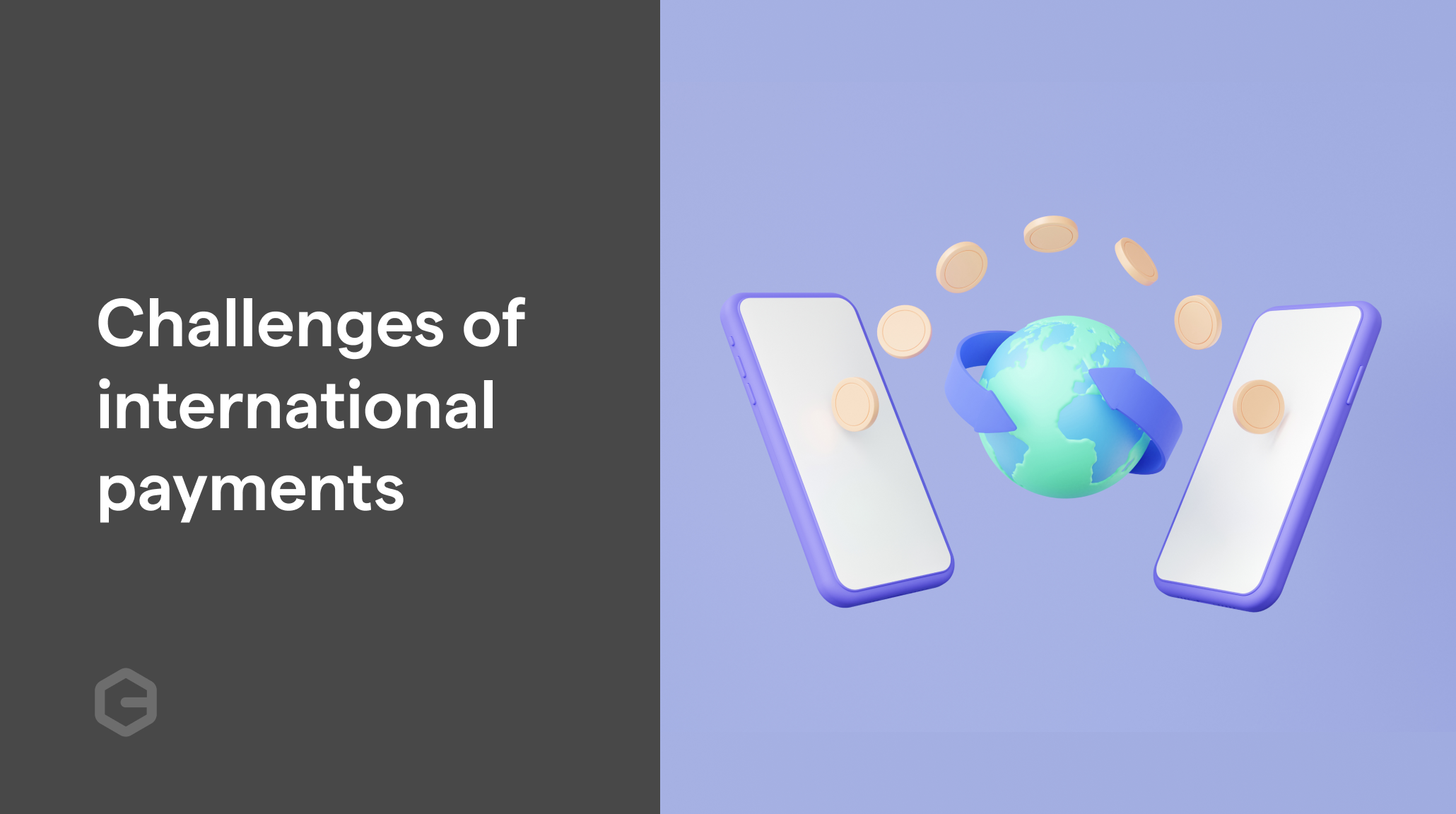Have you ever sent money through NEFT and wondered if it went through? You’re not alone. Whether you're a business tracking client payments or an individual transferring rent, knowing how to check your NEFT status can save time, worry, and potential financial mishaps.
In this blog, you’ll learn how to check NEFT status using your UTR number through multiple methods, understand the key elements involved in NEFT tracking, and discover the simple steps to take if your transaction runs into trouble.
What are NEFT Transactions
NEFT, or National Electronic Funds Transfer, is a popular and reliable way to transfer money electronically between banks in India. This system operates in half-hourly batches throughout the day, allowing scheduled and secure fund transfers.
It’s essential to monitor your NEFT transactions, especially when large amounts are involved or if you're sending money to a new recipient. Tracking confirms that the funds have reached the right destination and provides a verifiable trail for your records. Once you’ve understood why tracking matters, the next step is to learn what makes that possible.
What is the NEFT Reference Number (UTR)?
Every NEFT transfer is tagged with a unique UTR number identifier that allows you to check its status. The NEFT UTR (Unique Transaction Reference) number is a 16-character alphanumeric code the sending bank assigns after processing the transaction. Think of it as your transaction’s fingerprint. It identifies your NEFT in the banking system.
Here's how the UTR number is typically formatted:
XXXXNYYDDDNNNNNNNN
Bank Code:Identifies the bank.
Server Identifier:Indicates NEFT processing server.
Year & Day:Reflects the date of the transaction.
Unique ID:Distinguishes the transaction.
Recognizing this format helps ensure you use the correct reference when checking status or communicating with customer support. Let’s move on to where you can locate this number when needed.
Also Read:SWIFT Transfer Charges Explained
Where to Find the NEFT Reference Number
You don’t need to dig too far. Your UTR number is available through several convenient channels. The following are the most common ways to access it:
Online Banking Confirmation Screen
After completing your transfer, the UTR number appears on the transaction success page.
Bank Statements
NEFT entries typically include the reference number in the description field.
Mobile Banking Apps
Check your transaction history or transfer logs for UTR details.
SMS and Email Confirmations
Most banks send a notification containing the UTR as soon as the transfer is initiated or processed.
Once you’ve got the UTR, it’s time to check the status of your NEFT transaction.
How Do You Check the NEFT Transaction Status
Whether tracking a personal transfer or confirming business receipts, checking the NEFT status is quick and easy if you have your UTR number. Here are the most effective methods, explained step-by-step:
Through the Online Banking Portal (NetBanking)
This is one of the most reliable ways to track your NEFT transaction:
- Step 1: Log in to your bank’s Internet banking portal using your credentials.
- Step 2: Navigate to the ‘Transaction History,’ ‘Funds Transfer,’ or ‘NEFT/RTGS Status’ section. The terminology may vary slightly by bank.
- Step 3: Select the relevant account and time frame for the transaction.
- Step 4: Enter or search using your UTR number. You may also see a direct search bar labeled Track Transaction by Reference Number.
- Step 5: The portal will display the current status, such as Processed, Pending, or Failed, along with the date and recipient details.
This method is ideal if you're tracking a payment from a desktop or need to download proof of transaction.
Using a Mobile Banking App
Mobile apps are designed for speed and convenience, and most major banks offer NEFT tracking features:
- Step 1: Open your bank’s official mobile app and log in.
- Step 2: Go to ‘Transaction History,’ ‘Transfers,’ or ‘Manage Transactions’—this may be under a section like Payments or Accounts.
- Step 3: Look for the NEFT payment you're tracking. You can usually identify it using the date, amount, or recipient’s name.
- Step 4: Tap on the transaction to view detailed information, including the UTR number and real-time status update (e.g., Completed, Queued, or In Process).
This method is best when you're on the go and want a quick check using your smartphone.
Contacting Customer Support
If the digital options aren’t providing enough clarity or if something seems off, you can escalate through direct communication:
- Step 1: Call your bank’s customer service helpline or visit the nearest branch.
- Step 2: Provide essential details such as:
- Your account number
- Date and time of the transaction
- Amount transferred
- Recipient’s account details
- UTR number
- Step 3: The representative will check their internal systems and give you a status update or lodge a request for further investigation.
This method is beneficial when a transaction is stuck or unclear whether it was processed successfully.
Email and SMS Alerts
Many banks offer automatic alerts once an NEFT transaction is initiated or completed:
- Step 1: Check your SMS inbox for messages from your bank immediately after the transfer.
- Step 2: Review the transaction confirmation email, which usually contains the UTR number and payment status.
- Step 3: If the transaction is still pending, banks often send a follow-up SMS once the amount is credited to the beneficiary’s account.
These alerts are useful for passive monitoring, especially when you're away from banking apps or websites.
Being proactive in checking status ensures you're not caught off guard, especially during high-stakes payments. Still, there are a few things worth keeping in mind before and after making a transfer.
Also Read: Comprehensive Guide to Fraud Reporting and Mitigation Strategies
5 Tips for NEFT Transactions
A little attention to detail can prevent confusion and delays in NEFT transactions. The following tips will help you check the status of your NEFT transfer smoothly and avoid common issues that may arise during the process:
Use the Correct UTR Number
Always use the NEFT-specific UTR number to track a transaction. Avoid entering wallet transaction IDs, IMPS references, or app-generated IDs—these won’t work for NEFT tracking. The UTR is a 16-character code issued by the bank and is the only valid reference for NEFT.
Double-Check Beneficiary and IFSC Details
Before initiating any NEFT transfer, verify the beneficiary's name, account number, and IFSC code. An incorrect IFSC or account detail might delay or misroute your transaction, making status tracking ineffective or inconclusive.
Be Aware of NEFT Processing Timings
NEFT operates in half-hourly batches during banking hours. While most banks now offer 24/7 NEFT, actual credit depends on batch schedules. If you're checking status late at night or on a weekend or holiday, know that delays may be expected, and the update may only appear on the next working cycle.
Don’t Panic Over a ‘Pending’ or ‘Failed’ Status
If your status shows as ‘Pending’ or ‘Failed,’ check if the amount was debited:
- If debited: wait 2–3 working days. The amount is usually reversed automatically.
- If not debited: it likely means the transaction never went through. For clarity, you can always contact customer support at your bank using the UTR number.
Monitor Alerts and Account Statements
Many banks send SMS or email notifications when an NEFT transaction is initiated and when it’s credited. Always cross-check your bank statements or mobile app for updates before escalating issues. A quick review of the debit timestamp and UTR-linked transaction entry helps confirm whether the transaction was successful or delayed.
If delays persist beyond 2-3 business days, escalate through your bank’s official grievance channels.
Also Read: International Payments: The Challenges and Solutions of Cross-border Payments.
Conclusion
Always check NEFT status to ensure your funds reach their intended recipient. With the UTR number, tracking becomes simple across banking platforms, whether using a laptop or a mobile app. Make NEFT tracking a regular habit for smooth financial planning and reliable record-keeping. Remember that your bank is just a call or click away if you have doubts.
And if you're running a business, especially one with international or recurring payments, managing transactions efficiently becomes even more critical. That’s where smart payment partners come into play.
Looking to simplify cross-border and domestic payments for your business? Partner with PayGlocal to enable fast, secure, and customer-friendly payment experiences tailored for modern enterprises.
Frequently Asked Questions
Can I check the NEFT status without a UTR number?
While the UTR number is the most accurate way to track an NEFT transaction, some banks allow limited tracking through account details or transaction timestamps. However, without the UTR, your bank’s customer support might take longer to trace the payment.
What should I do if I enter the wrong beneficiary account number?
If the account number is valid but incorrect, the funds might be credited to the wrong person, and banks typically aren’t liable. Contact your bank immediately to initiate a recovery request. If the account number is invalid, the funds usually return within 2–3 working days.
Is NEFT available 24/7, and does it affect transaction tracking?
Yes, NEFT operates 24/7 now, including weekends and holidays. However, banks still process them in batches, which means there could be minor delays in transaction reflection and status updates.
How long should I wait to dispute a pending NEFT?
Contact your bank if your NEFT remains pending for more than two hours during business hours. If delays extend beyond a working day, escalate the issue. Keep your UTR and transaction details handy for faster resolution.
Can I similarly track an NEFT from a joint or business account?
Yes, the tracking process is the same, whether it’s a joint, savings, or business account. Ensure you can access the account's online or mobile banking interface and the UTR linked to the specific transaction.


